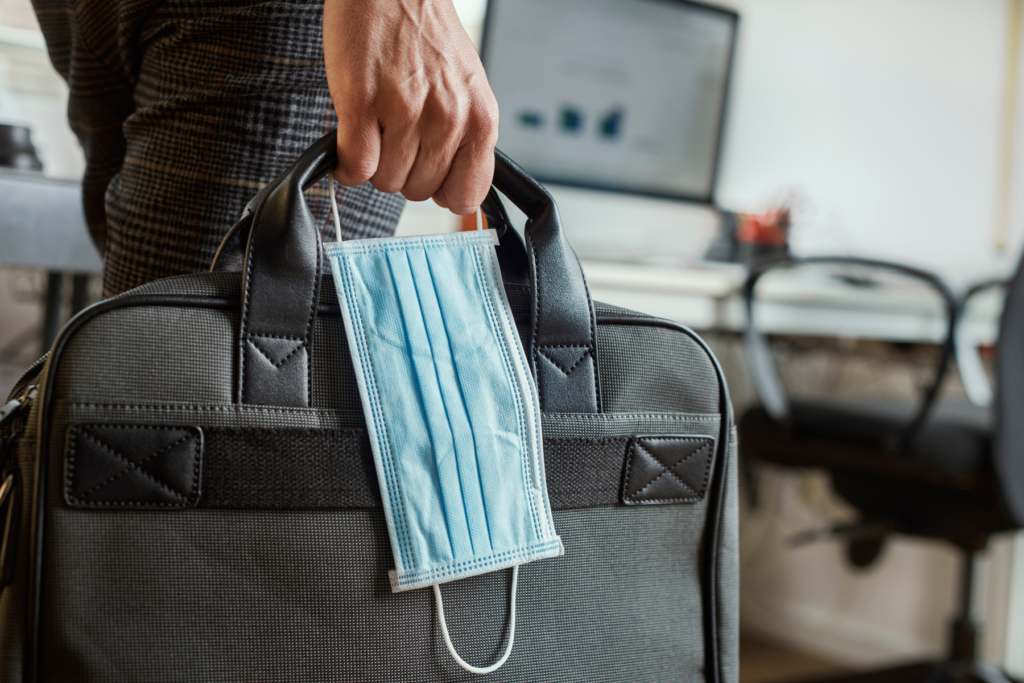As workers trickle back into their traditional office space — perhaps starting at a once-per-week schedule to establish a new comfort level and routine — many may not recognize the environment they left behind more than seven months ago. Testing equipment in building lobbies and the front desk, touchless doors, larger workspaces and one-way staircases will all set the tone to help eliminate fear and entice workers back.

The fear of going back to work starts with the anxiety of actually getting to work. The general public is largely bypassing the use of public transportation, which is both adding to the volume of personal vehicles on the roads and making working from home the most viable option for individuals who don’t own cars.
For those that overcome the transportation issue, the new realities of building lobbies, elevators, staircases and bathroom areas are the next mental battle zone. To help alleviate these stresses, buildings can increase cleaning throughout the day, add sanitization stations and place signage that directs the one-way movement of employees.
Kastle Systems, which regularly posts a “Back to Work Barometer” to track workplace occupancy nationwide, cites an occupancy rebound of approximately 23% nationwide, with the Dallas metropolitan area leading the list of major U.S. cities with a 36% reopen rate. The data tracks keycard and fob access usage among 3,600 buildings in 47 states.
Building owners and property managers are further increasing employee comfort level by creating touchless restrooms outfitted with doors, faucets and hand dryers that operate with the wave, rather than the touch, of a hand. Certain doors will also be retrofitted with arm hooks and kick plates rather than handles. Countertops are more likely to be comprised of anti-microbial materials to mirror those found in hospital settings.
Workspaces are being expanded — in some cases enlarging from a 3 x 4 foot area to ones that measure 6 x 6 feet — and former cubicles are being transformed into private offices. The cube farm may be a relic of the past.
A hard look is also being taken at the after-hours cleaning crew, including testing workers and heightening the oversight of their activities.
“In my view, a one-size-fits-all approach does not exist with regard to the slow return of employees back to the office,” explained Joe Mayer, Principal, J. Mayer Architects in Annapolis. “While there is stress related to creating a ‘clean’ work environment, much additional anxiety has been created by isolationism and a lack of human interaction that cannot be replicated on a computer monitor. It is a foregone conclusion that workers will return to the workplace, but we still remain in the early stages of designing and executing plans that provide the greatest amount of comfort to the largest amount of people.”
Flexibility — from companies, employees and actual office spaces — will be key as the business community adapts to the new normal in commercial office space. Less expensive changes, including the addition of signage that explains cleaning procedures, will emerge quickly. Technological advances, including beefed-up HVAC systems and the incorporation of touchless systems, will be implemented over time.